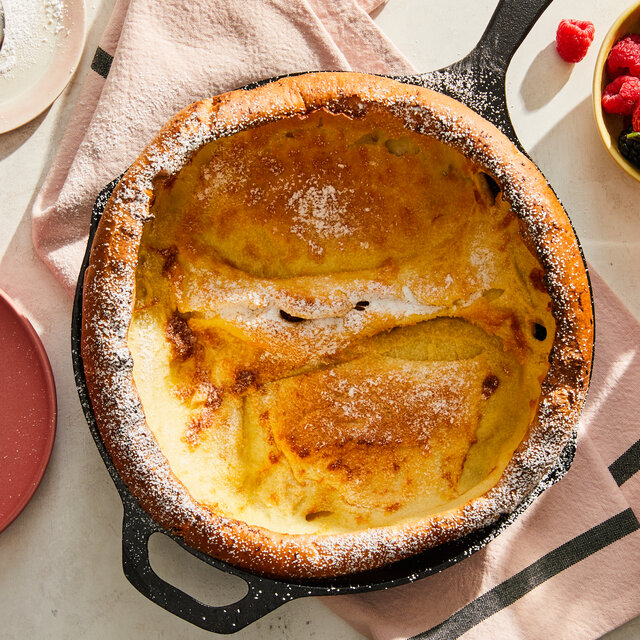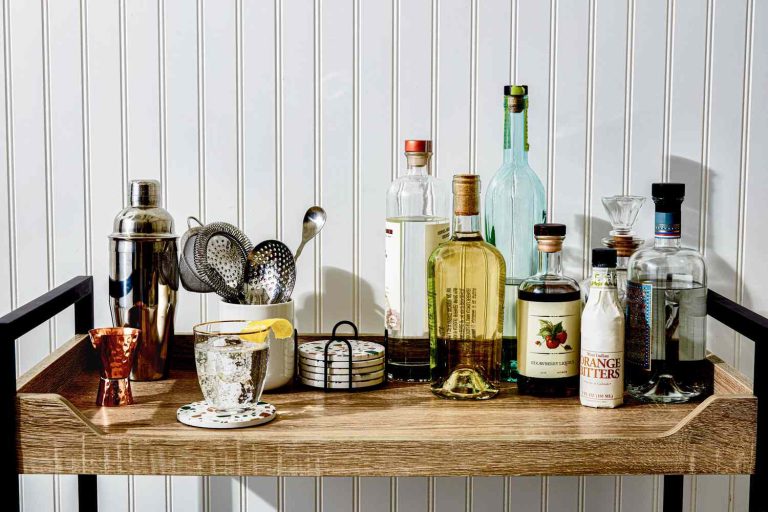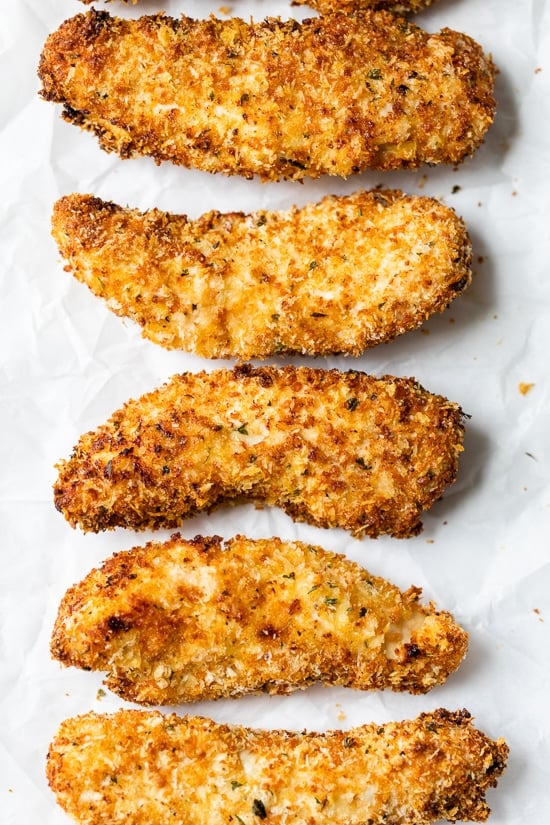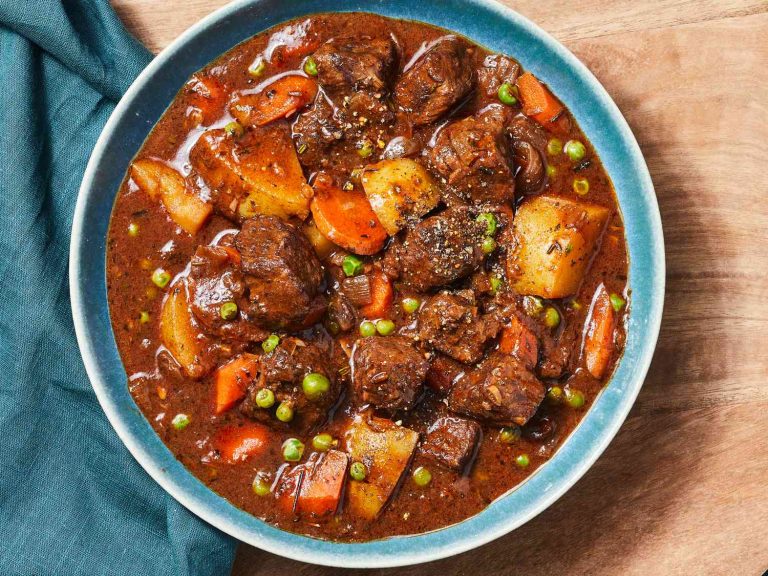Dutch Babies Recipe: Simple Steps for Fluffy German Pancakes
Dutch Babies, despite their name, originate from the United States. In the early 20th century, a Seattle restaurant called Manca’s Cafe popularized this dish. Dutch in the name is derived from the term “Deutsch,” referencing German roots. These pancakes were likely inspired by German Pfannkuchen, known for their puffed and golden appearance.
Basic Ingredients and Preparation
Dutch Babies require simple, everyday ingredients:
- Eggs: Three large eggs, at room temperature.
- Flour: ½ cup of all-purpose flour, sifted.
- Milk: ½ cup of whole milk, warmed.
- Butter: 2 tablespoons, unsalted.
- Salt: A pinch.
- Preheat your oven to 425°F (218°C).
- Blend eggs, flour, milk, and salt until smooth.
- Melt butter in a cast-iron skillet over medium heat.
- Pour the batter into the hot skillet.
- Transfer to the oven for 20 minutes until golden and puffed.
The Versatility of Dutch Babies
Dutch Babies’ versatility makes them a popular dish for various occasions and taste preferences. You can easily customize them with different ingredients and toppings to create unique flavor profiles.
Sweet Variations
Create sweet variations using ingredients like fruits, spices, and sweeteners. Start by sprinkling powdered sugar over the Dutch Baby immediately after baking for a simple, sweet touch. Add fresh berries, such as blueberries, raspberries, and strawberries, for a burst of natural sweetness. For a more decadent option, drizzle chocolate or caramel sauce over the pancake. You can also experiment with spices like cinnamon, nutmeg, and cardamom to enhance the flavor. Try adding a dollop of whipped cream or a scoop of vanilla ice cream for an indulgent finish.
Savory Twists
Explore savory twists by incorporating vegetables, meats, and cheeses. Begin by adding cooked bacon or sausage to the batter before baking for a hearty addition. Top the baked Dutch Baby with sautéed spinach, mushrooms, bell peppers, or tomatoes to create a wholesome, savory breakfast. Sprinkle grated cheese, such as cheddar, gruyere, or parmesan, over the Dutch Baby for a rich, cheesy flavor. You can also drizzle hot sauce or add a pinch of herbs like chives, thyme, or rosemary to elevate the dish. These savory options make Dutch Babies a versatile choice for any meal of the day.
Pairing Dutch Babies with Other Dishes
Ideal Side Dishes
Pair Dutch Babies with various side dishes to enhance their flavor. Fresh fruits like strawberries, blueberries, and raspberries add a refreshing touch. Include savory sides like crispy bacon or breakfast sausages for a balanced meal. A fresh garden salad with a light vinaigrette can complement savory Dutch Babies, providing a crisp contrast to the warm, fluffy pancake. Roasted vegetables like asparagus, bell peppers, or mushrooms can also create a well-rounded, satisfying meal.
Best Beverages to Complement Dutch Babies
Select beverages that enhance the taste of Dutch Babies. For a sweet version, pair with freshly squeezed orange juice or a fruity smoothie to highlight the sweetness of toppings like powdered sugar and berries. Coffee, whether black, espresso, or a latte, complements both savory and sweet Dutch Babies, providing a rich contrast. For savory Dutch Babies, consider pairing with a Bloody Mary for a brunch option or a sparkling water with a slice of lemon to cleanse the palate and balance the rich flavors.
Conclusion
Pairing Dutch Babies with the right sides and beverages can enhance their flavors and create a well-rounded dining experience. Experiment with different combinations to discover your favorite pairings.
Cooking Techniques and Tips
Achieving the Perfect Texture
Achieving the ideal Dutch Baby texture involves a few key steps. Preheat your oven to 425°F, ensuring it’s hot before placing the batter inside. Use a cast-iron skillet as it retains heat evenly, leading to a better rise. Blend the batter thoroughly for a smooth consistency, removing lumps. Let the batter rest for at least 10 minutes to allow the flour to hydrate fully. Bake for 20-25 minutes without opening the oven door, which could cause the Dutch Baby to deflate. Keep an eye on the edges, and pull it out when they’re golden brown and crispy while the center remains soft and custard-like.
Common Mistakes to Avoid
Prevent common pitfalls by avoiding these mistakes. Don’t rush preheating; putting batter in a lukewarm oven will result in soggy texture. Never substitute a cast-iron skillet for a lighter pan, as it may alter cooking results. Avoid over-mixing the batter, risking a tough texture. Never skip the resting period; an unruly batter leads to an uneven rise. Refrain from opening the oven during baking; loss of heat and the introduction of cool air can cause the Dutch Baby to deflate. Finally, don’t leave it in the oven for too long; overbaking dries out the center, compromising both texture and flavor.
Conclusion
Dutch Babies are a delightful addition to any meal, offering both simplicity and versatility. Whether you prefer them sweet or savory, these fluffy pancakes can be easily customized to suit your taste. By following the right cooking techniques and avoiding common pitfalls, you can achieve the perfect texture every time. Pair them with complementary side dishes and beverages to elevate your dining experience. So, the next time you’re in the mood for something special, give Dutch Babies a try and enjoy a dish that’s sure to impress.






